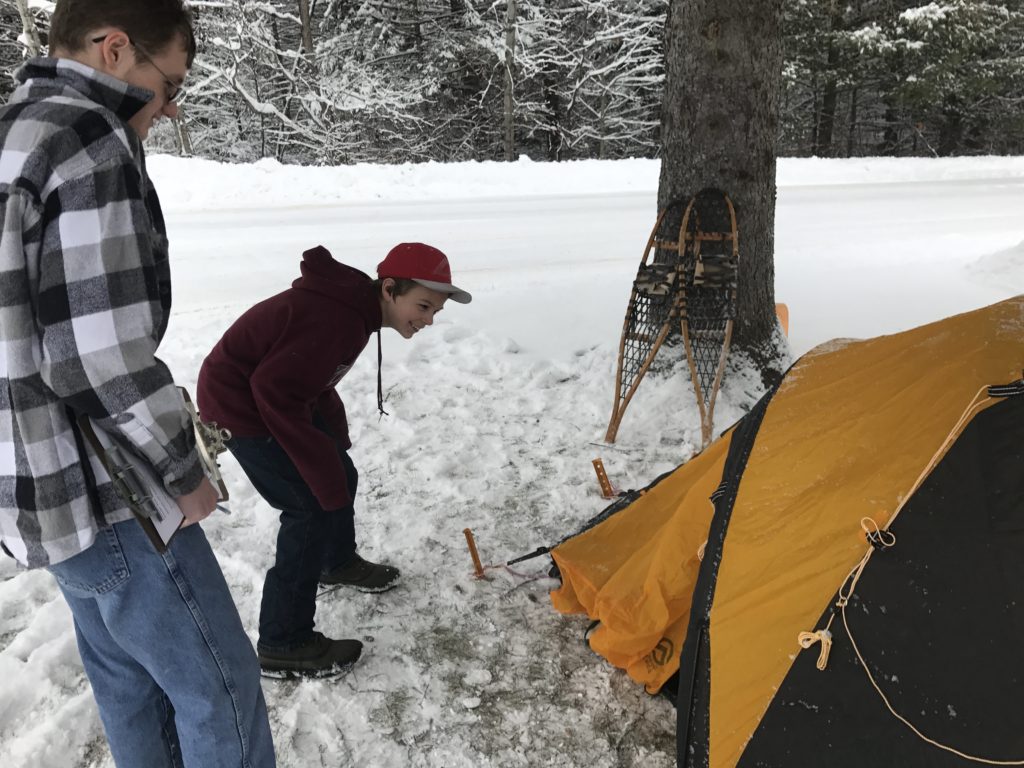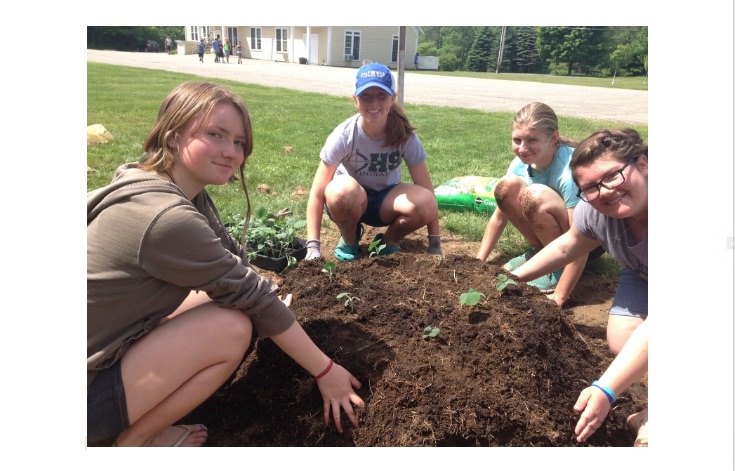Even in the best of times, October can be a tough month for teachers. And it’s hard to call covid times the best. In the latest issue of Educational Leadership, noted teaching coach Elena Aguilar suggests several ways to boost teacher resilience. Paired with understanding what personal efficacy looks like for young adolescents, teachers and students can build resilience together in this challenging year.
Core values build resilience
Perhaps Aguilar’s most powerful suggestion is to decide what matters most. Feeling forced to make decisions without enough information, she writes, “can send us into a tailspin, questioning ourselves, deliberating endlessly, or acting impulsively—and sometimes we don’t make the best decisions.” Instead, Aguilar notes that “when we can take actions that are aligned to our core values, we feel more confident, competent, and able.” She then challenges us to consider, “how can your core values guide the decisions you need to make this school year?”
“How can your core values guide the decisions you need to make this school year?”
Elena Aguilar
By tying together core values with confidence, competence, and ability, Aguilar highlights a most basic human need: to feel a sense of efficacy. And teachers know better than anyone how fundamental personal efficacy is for students, especially young adolescents. So how do we decide what’s most important to focus on and what we can let go of?
Exploring efficacy to build resilience
Just what do we mean by ‘efficacy’? Chris Stevenson described the Five Basics of Personal Efficacy for Young Adolescents as: competence, responsibility, awareness, affiliation, and an ethical sense of self.
The framework’s student-friendly “I” statements invite youth to consider their lives and learning beyond the classroom or school. As a result, their focus shifts to what they do and value (and away from what teachers design for them). Students are invited to think about the competence and responsibility they demonstrate before and after school. They may care for siblings, complete farm chores, or practice at sports, music, or video games.
Students experience awareness, affiliation, and an ethical sense of self as they connect with peers, community members, and social media. For instance, caring for an elder, participating in a faith group, or joining a campaign to improve their community drives their sense of efficacy.
The “I” statements also prompt reflection on the past and future. For example, last summer many students attended Kingdom East School District’s camp program. Students likely experienced competence and affiliation as they joined a theater or gymnastics group, became counselors in training, or earned their Junior Lifeguard certificate. And every year, other youth are keenly focused on the run up to hunting season and the sense of competence and responsibility becoming a hunter entails.

Efficacy is a window into what matters most
Ken Bergstrom noted that when we scan across students’ experience with competence, responsibility, awareness, affiliation, and ethical sense of self, we see that each entails cognitive, social, psychological, and physical aspects of development. They are dynamic and ever changing. And when we apply this lens to our students, “we see more than a static picture of a human being at age twelve or thirteen. Instead we catch a glimpse of a young person in the act of becoming his or her imagined self.” (Bergstrom, p. 9)
“We see more than a static picture of a human being at age twelve or thirteen. Instead we catch a glimpse of a young person in the act of becoming his or her imagined self. ”
Ken Bergstrom
So as we consider Aguilar’s advice to focus on core values, centering our attention on the five basics of personal efficacy makes sense. These many ways of knowing, doing, and being are learning. They are often also highly engaging. And we might wish we had time for them in our teaching. Yet they frequently happen for students without us. What if, instead, we can simply look and listen for where they are already happening?

Listening for efficacy so we can “teach” less
What if we honor these experiences for what they are: part of the essential human experience of becoming? Students are generally quick to produce powerful evidence of their learning, in the form of photos or videos, mementos, and recorded or written reflections. These artifacts are ideal documentation for portfolios or PLPs. Moreover, during student-led conferences, or even a Best Part of My Week routine, the powerful narratives students generate about efficacy resonate strongly with parents.
Aguilar’s other recommendations are helpful as well. “The educators I observed who quickly curtailed the symptoms of burnout were those who set boundaries,” she wrote. This includes expectations for ourselves in our work. The pandemic fundamentally disrupts the systems of schooling. As a result, our students’ and our own ability to meet ordinary expectations is compromised.
What if we shifted our expectations to focus on the five basics of personal efficacy?
Would that create more space for us to be who we want to be with our students? How can seeing a broader range of learning experiences promote student growth and lighten our “teaching” load? How might we reset our boundaries for what learning means? In answering these questions right now, perhaps we can foster our own resilience even as our best teaching may seem out of reach.
Fostering resilience by seeing efficacy
Finally, Aguilar writes that resilient educators reflect:
The most resilient educators whom I coached in the 2020–2021 school year were those who paused and explored their experiences and emotions, and who through that process were able to say things like, “I need to prioritize building community with my students,” “I love teaching—just not virtual teaching,” and “I want to make a change in my work life.”
Elena Aguilar
The truths we uncover through reflection, Aguilar concludes, are empowering. As the pandemic continues its assault on our sense of efficacy, perhaps a focus on our students’ efficacy can foster resilience for students and educators alike. Because as Ken Bergstrom named so powerfully: “To be truly seen with one’s greatest possibilities is one of the most powerful gifts that a good teacher can give a child.”
“To be truly seen with one’s greatest possibilities is one of the most powerful gifts that a good teacher can give a child.”
Ken Bergstrom
Aguilar, Elena. (2021). What does the resilient educator do? Educational Leadership. 79(2). https://www.ascd.org/el/articles/the-resilient-educator-what-does-a-resilient-educator-do
Bergstrom, K. (2001.) Attending to the rhythm of early adolescence: Five basics of personal efficacy. In K. Bergstrom, P. Bishop, & J. Carr (Eds.), Living and learning in the middle grades: The dance continues (pp 7-15). Westerville, OH: National Middle School Association.
Stevenson, C. (2002). Teaching ten to fourteen year olds (3rd ed.). White Plains, NY: Longman.


